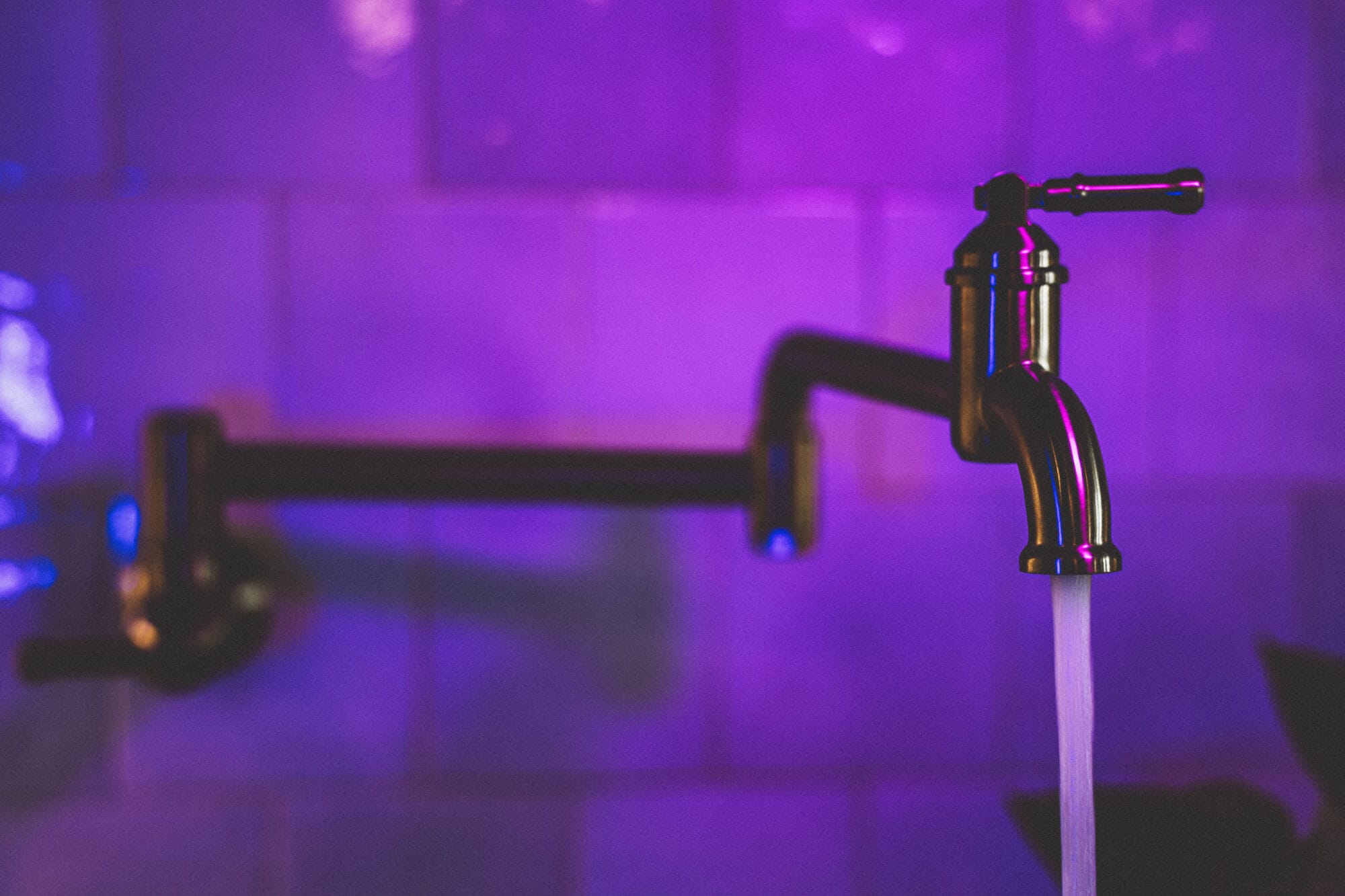It is our country’s 247th birthday! While we celebrate joyously as an independent nation, let us not forget the ambition behind the bravest of men long before us–freedom. Freedom to dream and to think independently. To be and to do. To build and invent a new world in which ideas and knowledge would be passed on to each generation.
We often say that our freedoms are taken for granted. After all, the prospect of liberty is a grand scale. But to recognize the small victories of daily living, much of what we have become accustomed to, brings a celebratory perspective to American living. Even the victorious flush of a toilet.
The earliest toilets date all the way back to ancient times. The primary structure of these toilets, resembling modern-day outhouses, were deep pits in the ground extending from simple holes or seats above the ground. “Wait, I thought this was a blog about toilets from colonial times to present times?” Yes, but it might be important to note that the idea of sanitary plumbing existed long ago. Ancient settlers were brilliant minds and patented a manual method of “flushing” human wastes by rushing water through channels that irrigated from the privy to the main stream of the village and into cesspits. However, after the fall of the Roman Empire, which ended the Golden Age, ancient civilizations entered the Dark Age, a period of economic and cultural decline.
From Pot to Potty
Of course the word “potty” is widely known and used in reference to the action of expelling wastes from the body. The term has been around for thousands of years. The “chamber pot”, which was a portable urinal fashioned as a pot of multiple shapes and sizes, was also known as “potty” among other names. Especially during the dark hours of the night where light was absent, a chamber pot was commonly used for its availability and convenience. Its place of keep was simply in the comfort of a bedroom–preferably in a corner or under a bed or nightstand.
While pits were not completely disused during the Dark Age, the chamber pot faithfully rose to the preferred alternative of urine and fecal disposal. Wastes from chamber pots were ignorantly sloshed out of windows or hurled into the public from doorways, contaminating the streets with stench and disease. In the middle ages, wealthy families had close stools or commode stools–wooden or sometimes luxurious boxes with lids. This was only a minor upscale of the chamber pot and did not solve the issue of unhealthy living habits.
In 1596, courtier and author John Harington, who was also the godson of Queen Elizabeth I, designed the first model of the first ever flushing toilet. He called his invention “ajax” or “jake”, a slang term used for the privy. His devised plan for plumbing involved a cistern, pipes, and a vault in which gushing water of “pretty strength” would solve manual sluicing. His invention, unfortunately, would not take off. The flaw in the plan–a wafting stink and scant water supply. He did, however, successfully install the ajax in his home as well as a friend’s and at Richmond Palace.
Two hundred years after John Harington’s design of the ajax, a scotsman by the name of Alexander Cumming would reinvent Harington’s model, changing the world of plumbing forever. His design involved an S-trap, a winding bend of the piping that would allow water to be retained until the next flush. This retention of water blocked odors from wafting back up from the drainage. Other inventors were soon following his lead, including the famous Thomas “Crapper” who upgraded the S-trap to the U-bend trap.
“Potty” in the U.S.A.
Now, back to colonial times. Toilet designs did not travel to the new world, therefore, Americans had to invent their own plumbing. In wealthy homes, the close stool was still being used while the chamber pot was still faithfully used by the common people. The privy–remember those holes in the ground–slowly began to replace the chamber pot, as it was in parts of Europe. The privy ranged from simplistic to sheltered outhouses. Sounds like nothing has changed since the middle ages, right?
Tables turned for American plumbing in 1875 when James T. Henry and William Campbell created a product that was unsanitary and highly unapproved. Inventor after inventor set off to improve one another’s designs as the idea for sanitary plumbing became essential (not to mention the prized reward for creating such a product on the market). In the early 1900s, out of more than 350 improved toilet applications, Charles Neff and Robert Frame were credited with the country’s most functional design. The lingering issue now–the messy overflow of the toilet bowl. The problem was soon fixed by designer Fred Adee.
Many inventors have performed their role in the improvement of toilet engineering and operating parts during the 1900s, but none compares so drastically to the engineering and science of the 21st century. From bidets, to heated seated seating, to hovering toilets, the world of plumbing has certainly manifested to surprise and satisfy.
Yet, the future of the toilet is among us. The exploration of talking toilets, which would provide interactive, informative experiences when using the lavatory, are a potential innovation in home and public use. The features of these toilets include voice activation, feedback and reminders, accessibility features, entertainment and information, and self-maintenance and self-diagnosing properties.
While this concept is appealing, the widespread adoption of chatty toilets would be extremely limited due to factors such as cost, technological challenges, and user preferences. However, as technology advances and smart home integration becomes more prevalent, we may see increased experimentation and development in this area. So Happy 4th of July, and be grateful for what you have got!





